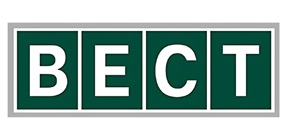This month, our Health & Safety team has been actively visiting BECT project sites—including Weldale Street, Blue Dragon, IKEA, and the New Medical Centre—to deliver a focused presentation on Fire in Construction.
As part of our scheduled site inspections, we have been conducting sessions that reinforce essential fire safety principles:
- Understanding the Fire Triangle—heat, fuel, and oxygen—and how it drives ignition and spreads.
- Recognising the heightened fire risks in construction environments due to flammable materials and limited escape routes.
- Learning from past tragedies, such as the Bradford Stadium fire and Grenfell Tower, highlights the devastating consequences of inadequate fire safety.
- Emphasising the importance of regular fire drills, clear emergency procedures, and swift reaction times.
Every year, fires on construction sites result in injuries, fatalities, and substantial property damage, including the loss of irreplaceable heritage buildings. These incidents often cause significant project delays and financial strain, with some businesses never fully recovering from the impact.
Fire risk is determined by the likelihood of a fire occurring and the potential extent of damage. A hazard is anything that can cause injury or damage, while risk refers to the possibility of a fire occurring. Effective fire hazard management involves understanding the ‘Fire Triangle’—fuel, heat, and oxygen. By eliminating one of these elements, fires can be prevented. On construction sites, this means focusing on controlling fuel and ignition sources.
The presentation underscored the importance of mitigating fire hazards and reducing fire risks on construction sites.
BECT: Our Guiding Principles
“To ensure the Health, Safety, and Welfare of those we work with and those that our works affect.”

